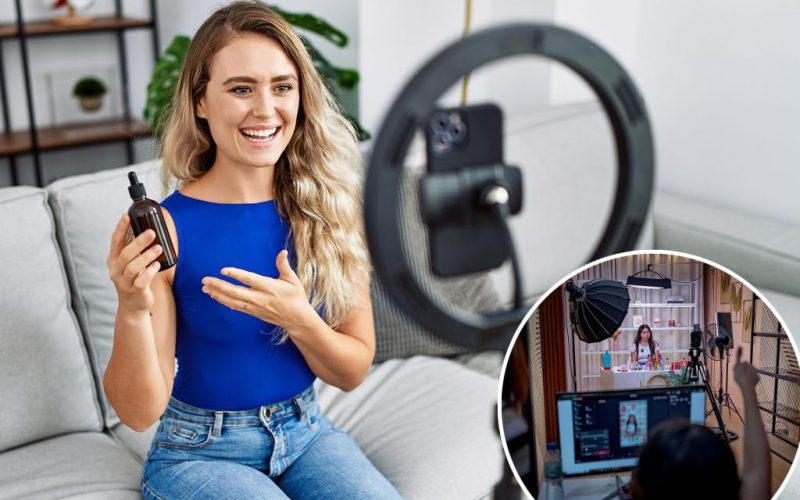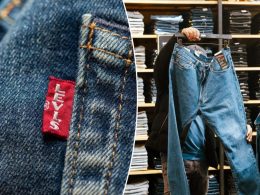Skin is in — now more than ever.
Over the last five years, applications for dermatology medical residencies have soared 50%, according to a Wall Street Journal report, in part thanks to the prevalence of “dermfluencers” online who boast millions of followers.
“People are much more aware about our field now,” NYC dermatologist Dr. Shereene Idriss told the Journal, pointing to the increased popularity of skincare on social media and the amount of time spent in virtual Zoom calls as reasons for the derm boom.
Dr. Lindsey Zubritsky, a Mississippi dermatologist who boasts 3 million followers across her social media platforms, said that the industry has become “ungodly competitive” as a result.
Fortune reported that the number of openings cannot keep pace with the demand for jobs, making dermatology the second-most competitive medical occupation.
At UConn Health in Farmington, Connecticut, the hospital’s dermatology program received over 600 applicants for four residency positions, Dr. Jane Grant-Kels, the vice chair of dermatology at the hospital, told The Journal.
“The quality of these applicants is scary,” she said.
Dermatologists also earn a hefty paycheck, about $541,000 per year, the Journal reported, citing a survey from the Medical Group Management Association. For “dermfluencers,” the cash flow is even greater, with some earning $30,000 for sponsored posts.
Idriss, who charges $500 for microneedling and $4,000 for laser and filler treatments at her clinic, said the “sky’s the limit” when it comes to income as a cosmetic dermatologist.
Plus, dermatologists don’t typically have to respond to medical emergencies, unlike other on-call physicians, and the flexibility of their schedules is an alluring prospect, according to the Journal.
“It’s one of the only [medical] fields where you can work 40 hours a week like a normal person,” Zubritsky told the Journal.
That means they have time to grow an audience on social media, sharing their take on the latest cosmetic potions and how to use them, or launch side gigs as podcast hosts, doing brand deals, appearing in commercials and more.
“One of the great things about our field is that the career is very flexible in a lot of ways,” dermatologist Dr. Angelo Landriscina told Allure earlier this year. “You could make it exactly what you want it to be.
But the proliferation of dermatologists on TikTok has fueled a flurry of concerns from fellow docs who aren’t on the apps. They fear for the future of their field if more professionals ditch seeing patients and focus their efforts solely on content creation.
“I see the draw,” Dr. Sandra Lee, better known as the viral Dr. Pimple Popper, told Allure, speaking on the prospects of “dermfluencing” full-time.
“But if you’re not regularly seeing patients, and you’re not putting into practice everything you learned, I don’t know if you can really call yourself a dermatologist.”
Some even scoff at the idea of growing an online following.
Dr. Adam Friedman, the chair of dermatology at George Washington University, told the outlet that patients have shown him TikToks of other dermatologists dancing or backing products online, asking “Why aren’t you doing this?”
“I’m like, ‘Because I’m here seeing you,’” he countered.








